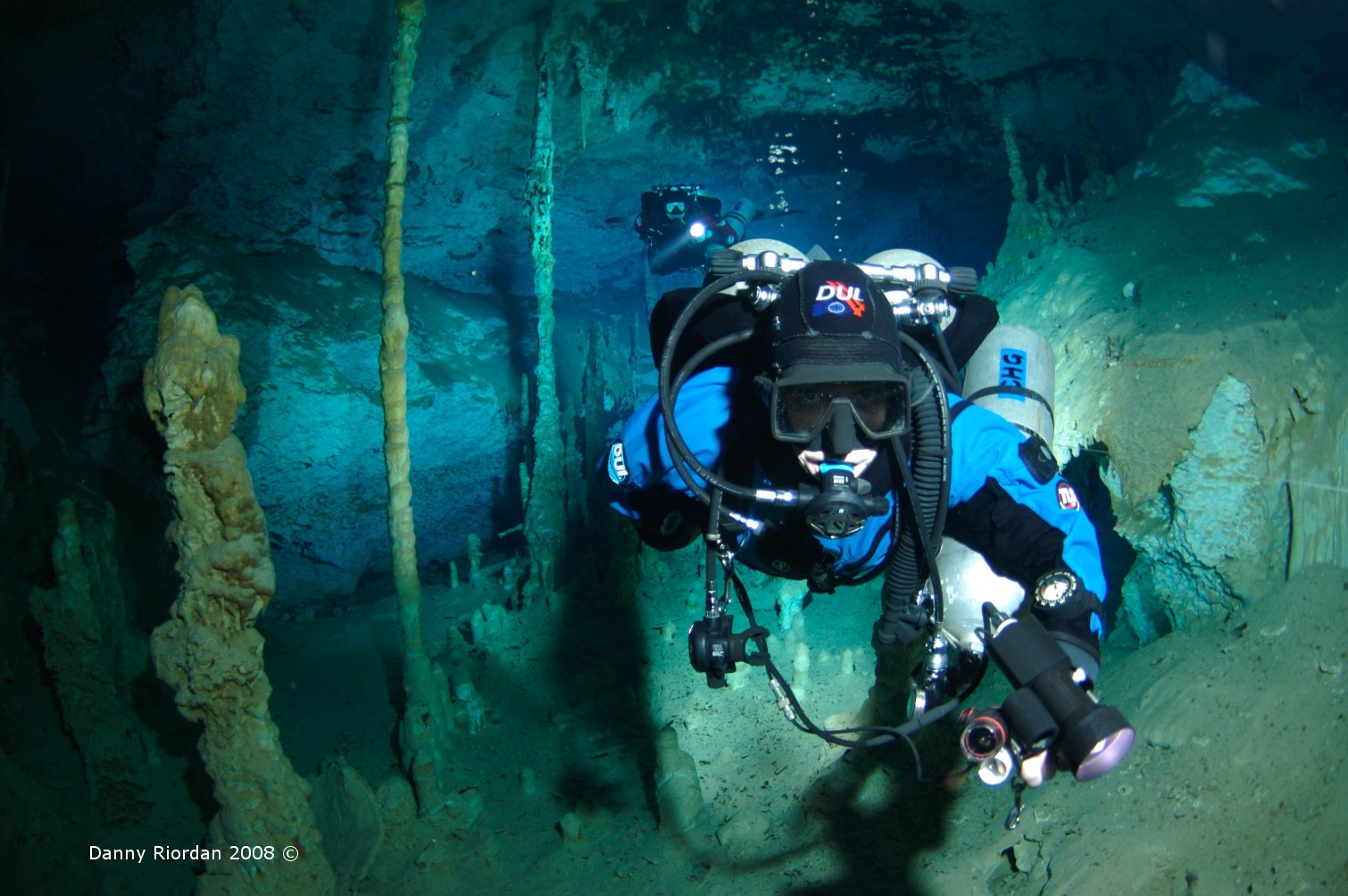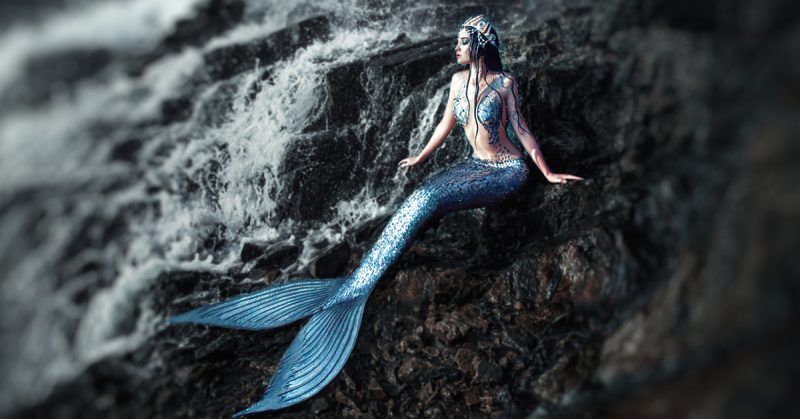I am a professional cave diver. I teach cave diving, guide visiting divers in caves, and explore new caves. When I tell people what I do for a living, they usually mumble some sort of standard response — “Oh that sounds like fun.”
Most people have no idea what cave diving is. That’s fine, because I will enthusiastically enlighten them for hours when given the opportunity. However, once people finally understand that I have a borderline obsession with immersing myself in dark, flooded holes in the ground, the next question tends to be a very perplexed, “Why?”
Why Would Anyone Want to Cave Dive?
Cave diving is an adventure sport with considerable risks. For this reason, cave divers are often perceived as crazy adrenaline junkies. For most cave divers (at least the safe ones), the reasons for venturing into flooded passageways have little to do with thrill-seeking.
Flooded caves are uniquely beautiful. Few animals can survive inside caves, but the creatures that do inhabit the harsh environment look more like animals from a science fiction movie than creatures the planet earth.
However, I think most cave divers are drawn to the sport because of the challenge. Cave diving is extremely technical, and requires a level of underwater proficiency and control exponentially greater than most other forms of scuba diving. And of course, the ability to access a world that few humans get to experience is exciting for those who are adventurers at heart.
What Exactly Is Cave Diving?
Cave diving is diving into flooded, completely enclosed passageways. It differs from Cavern Diving in that is a technical diving certification. Cave divers go well beyond the reach of daylight, and may explore extremely small areas or venture miles into a cave system.
What Equipment Do Cave Divers Use?
Cave divers use a variety of equipment configurations, including back mount, side mount, open circuit, and rebreathers of all types. Although there are advantages and disadvantages to each configuration, all have one common safety feature — they provide redundancy.
Cave divers must carry back-ups of all vital life support gear. They have at least two tanks (or a rebreather and a bailout tank), two regulators, three lights, etc. The equipment cave divers use is highly specialized and can be pricey — but it’s worth it!
What Training Is Required to Cave Dive?
Any time a diver chooses to enter an overhead environment, he should seek proper training. A diver who wishes to cave dive must seek cave training. Other overhead environment training may have similar aspects to cave diving, but the skills and techniques are not exactly the same. Wreck divers, for example, have overhead environment training, but must still seek cave training in order to be safe in a cave.
Most training agencies require a minimum of 100 dives to even begin cave training, and in my experience 100 dives is not enough for most divers. Any sort of advanced training beyond the open water environment is helpful. Courses that focus on advanced finning, buoyancy and trim are highly recommended.
Cave courses can generally be broken down into three component parts: Cavern Diving, Intro to Cave/Cave 1, and Full Cave/ Cave 2.
Of course, the course structure and the limits of training at each level may vary depending upon the training organization. No matter what training agency you choose, an experienced diver who wishes to reach the full cave level can expect to spend a minimum of 10 days training, usually broken up over a long period of time to allow for practice between levels.
The Take-Home Message About Cave Diving
Cave diving requires a very high level of training, but can be extremely fulfilling (and addicting!). It requires an significant investment of time and money, and divers must cave dive relatively frequently to keep their skills current. Safe cave diving requires effort and commitment, but those of us who love underwater caves, the chance to enter such an absolutely unique environment is worth it!
learn more at :: http://scuba.about.com/od/typesofdiving/p/What-Is-Cave-Diving-Facts-And-Absolute-Basics.htm
Natalie Gibb::::about.com
Photo:::Danny Riordan 2008







Leave A Comment